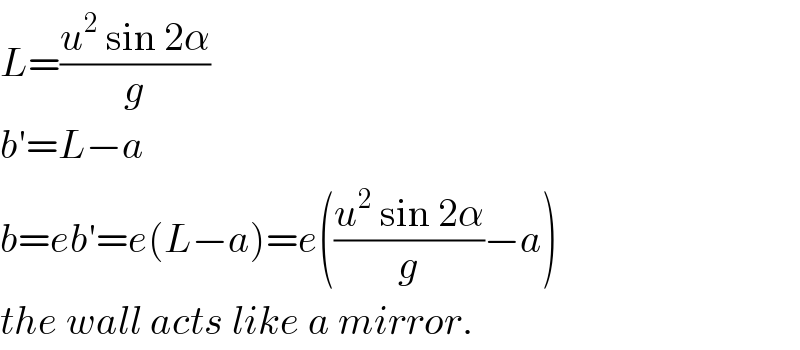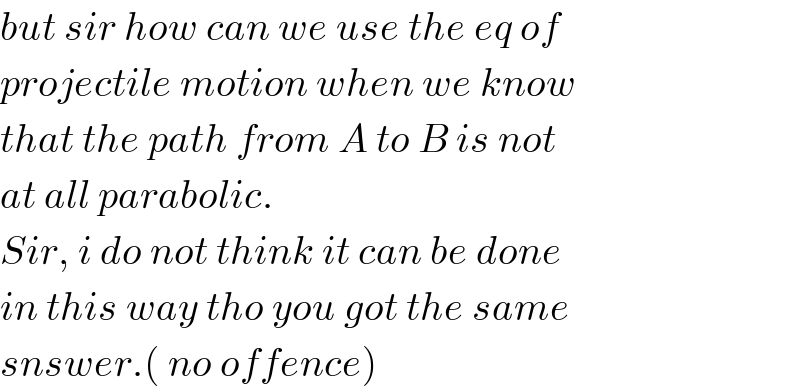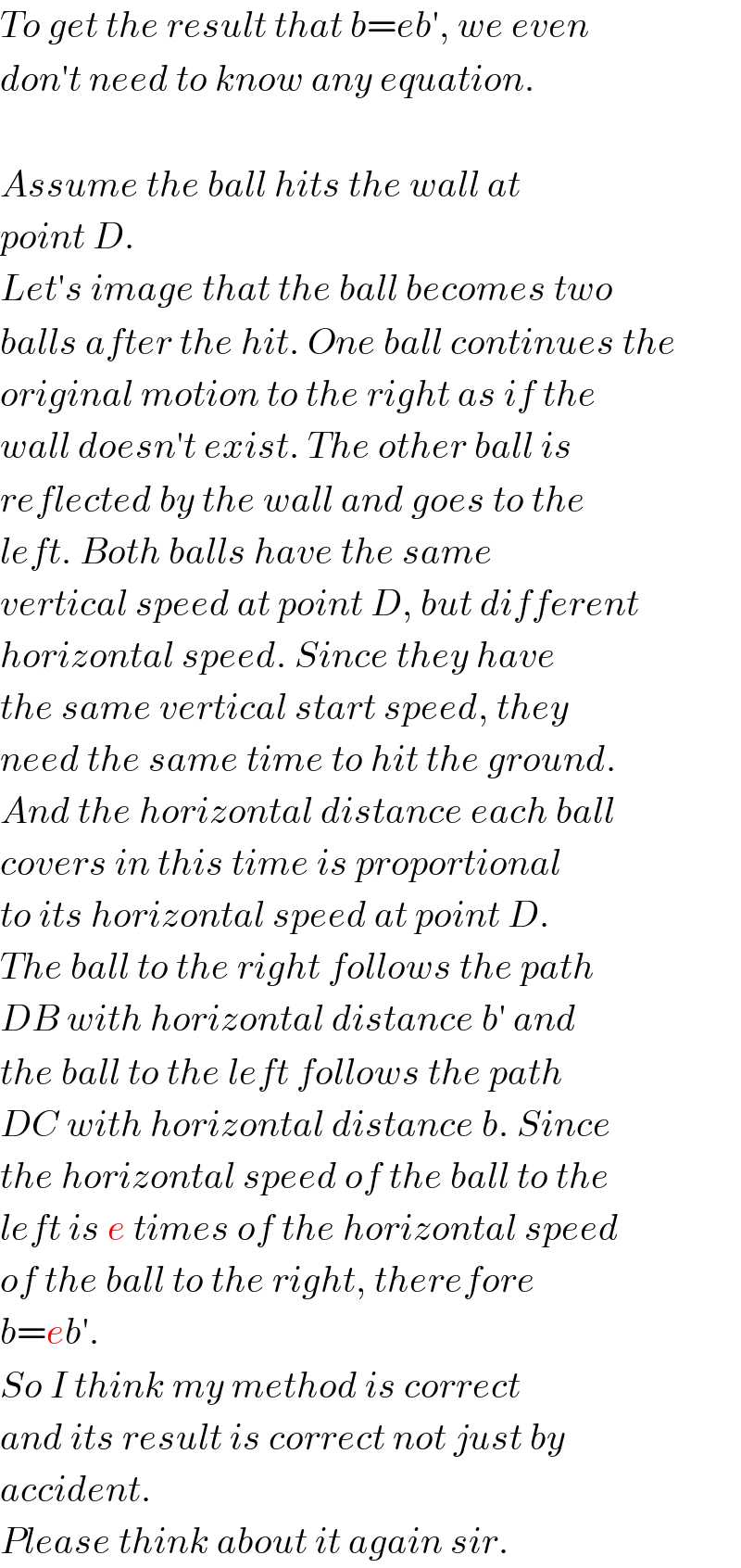
Question and Answers Forum
Question Number 29400 by ajfour last updated on 08/Feb/18

Commented by ajfour last updated on 08/Feb/18

Answered by 33 last updated on 08/Feb/18

Commented by ajfour last updated on 08/Feb/18

Answered by mrW2 last updated on 08/Feb/18

Commented by mrW2 last updated on 08/Feb/18

Commented by 33 last updated on 09/Feb/18

Commented by mrW2 last updated on 09/Feb/18

Commented by 33 last updated on 10/Feb/18

Commented by mrW2 last updated on 10/Feb/18

Commented by 33 last updated on 10/Feb/18

